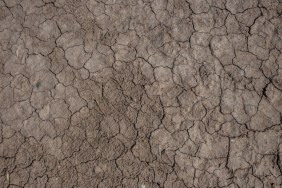 In Part One of this series on fly fishing tips, we explored the importance of practicing both your casting and knot tying, even during the off season. Today, we’ll take a look at a few more tricks that will help you stay ahead of the game on the river.
In Part One of this series on fly fishing tips, we explored the importance of practicing both your casting and knot tying, even during the off season. Today, we’ll take a look at a few more tricks that will help you stay ahead of the game on the river.
Keep a Pattern Log
The best anglers record details after a fishing trip in a written log or Excel spreadsheet so they can keep track of patterns. Fly fishing is no different. This is important if you fish the same bodies of water consistently, as you can keep track of working patterns and refer to them year after year before going fishing. Make note of any problems, and also remember to log what was occurring during completely unsuccessful days. Sometimes you can learn a lot about a specific body of water by not catching a single fish all day. At least then you know what not to do the next day, which will help you to avoid making the same mistakes the next time you have a similar situation out on the water. After a period of time, you’ll notice patterns emerging, such as the lack of bites on days when the water temperature is too hot or too cold, or what patterns work best during certain times of the year.
Pay Attention to the Water
Fish will behave differently depending on the water conditions during a given time of the year. This includes the temperature of the water, the weather, and water depth. If you want to become a successful fly angler you'll have to learn how to read the water where you're fishing.
As you do so, you’ll notice several things, such as that during non-feeding periods, fish can still be encouraged to strike if they are in a deep pocket of water. Also, when fish are feeding they are usually found in the shoreline of runs of pools and in moderate water pockets. Large underwater boulders can be seen by the eddies behind them and they are likely to hold fish. These are all things you’ll learn to take note of as you spend more time observing the waters you fish.
Pay Attention to Structure
When you're looking around for a place to cast, it's important that you look for structures both on the shore and in the water. Key features, such as main lake points, can be visible from shore and yet extend way out into a lake. Other key areas include large boulders and stones, submerged logs, or the ends of pools. These are great places to find fish looking to rest or ambush prey without wasting lots of energy in open water. Fish congregate near structure and it’s essential to present a fly into these areas even though it is more likely to hang up in these places. If you’re not occasionally losing a fly to hang-ups or snags, then you’re not fishing in the right spots.
The tips we’ve covered in this series may seem redundant to experienced readers, but they’ll be a big help to those looking to really take their fly fishing to the next level. If you count yourself as an angler looking to take fly fishing a little more seriously, pay attention to them and employ them the next time you hit the river.








